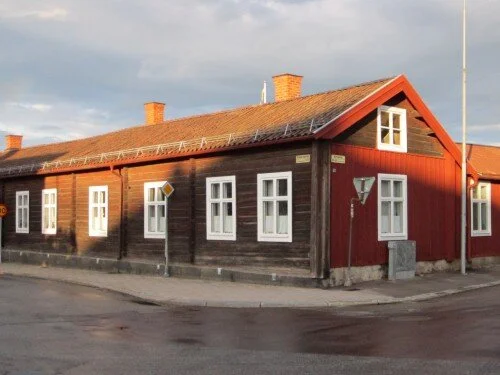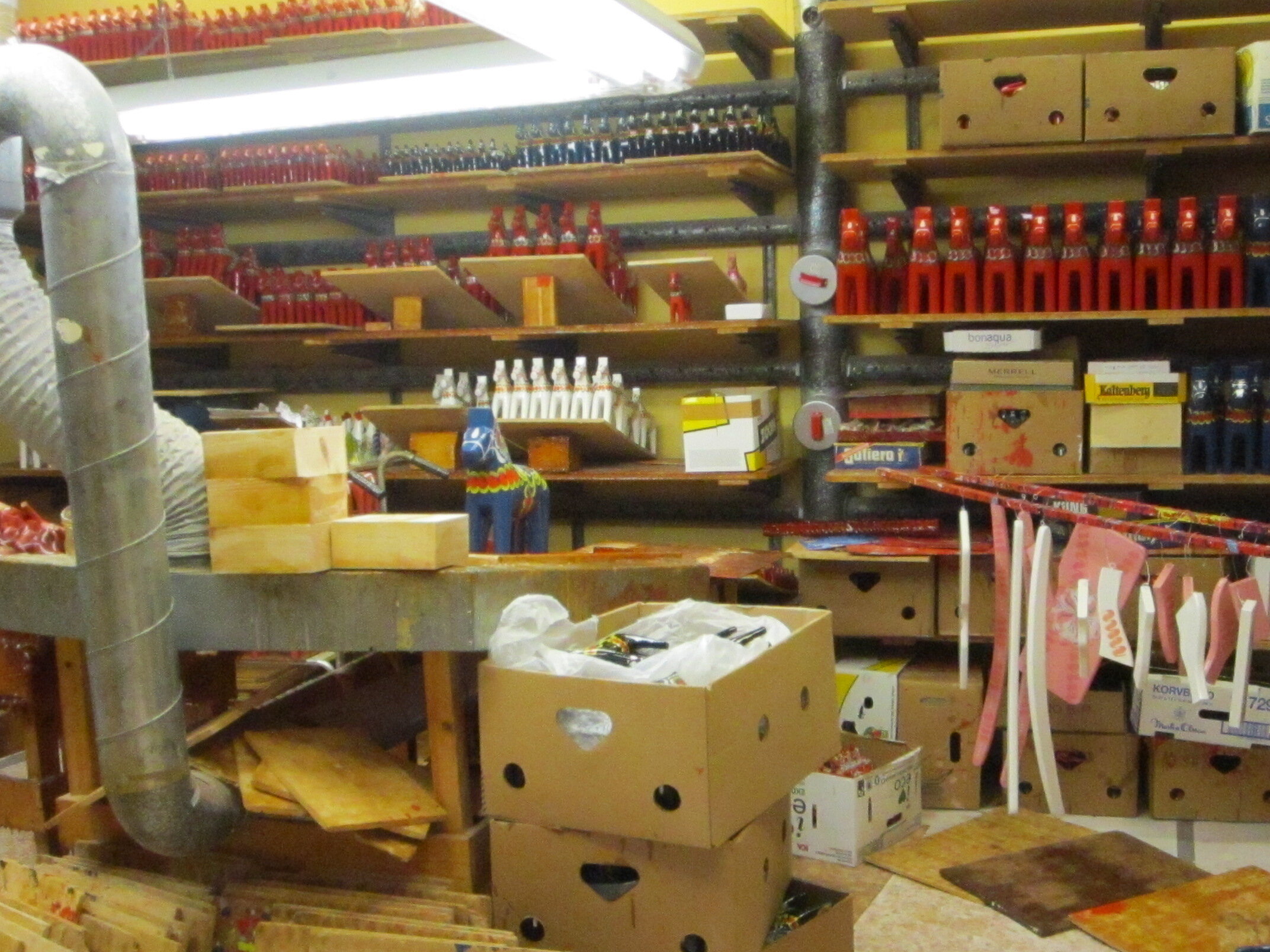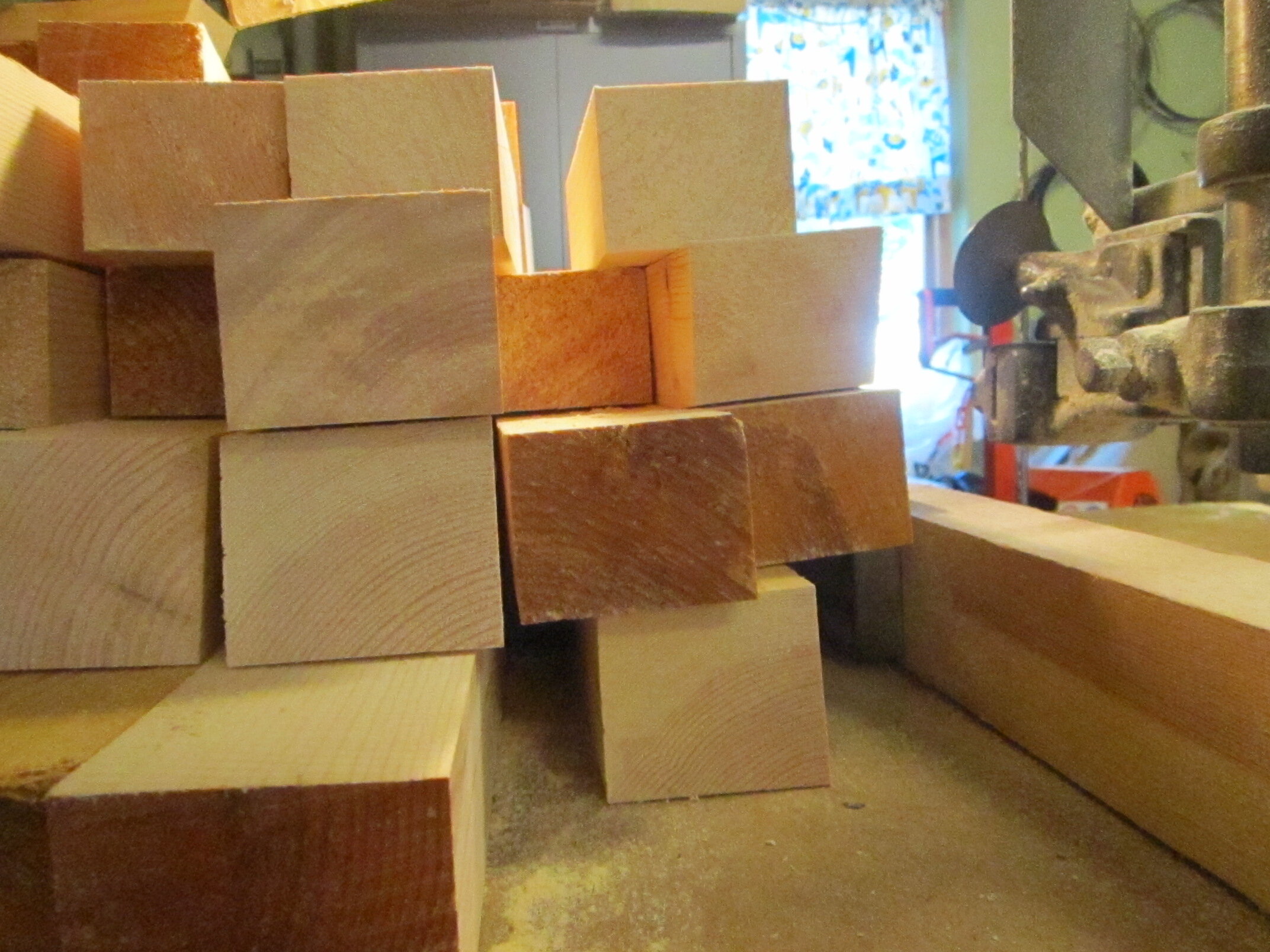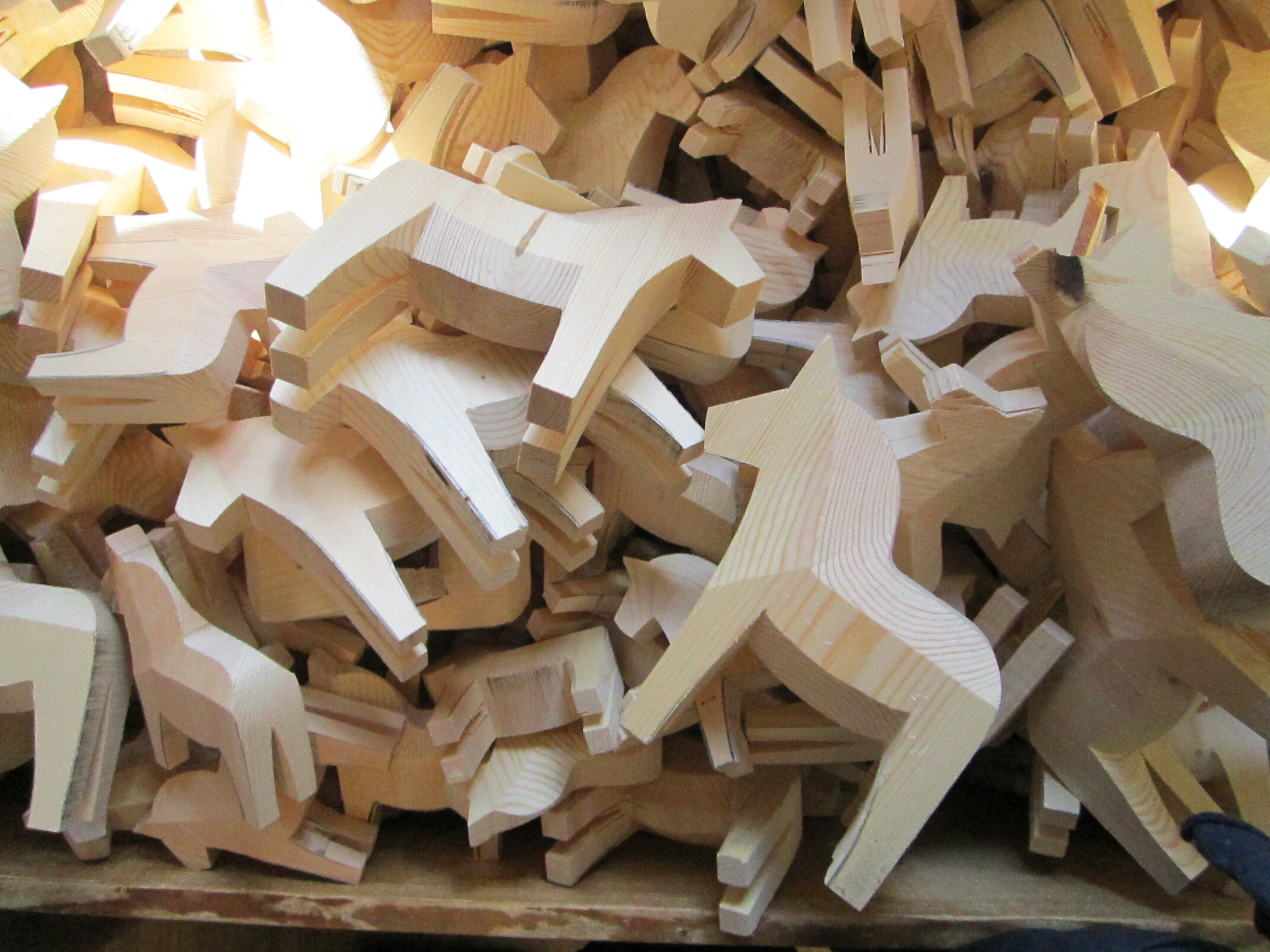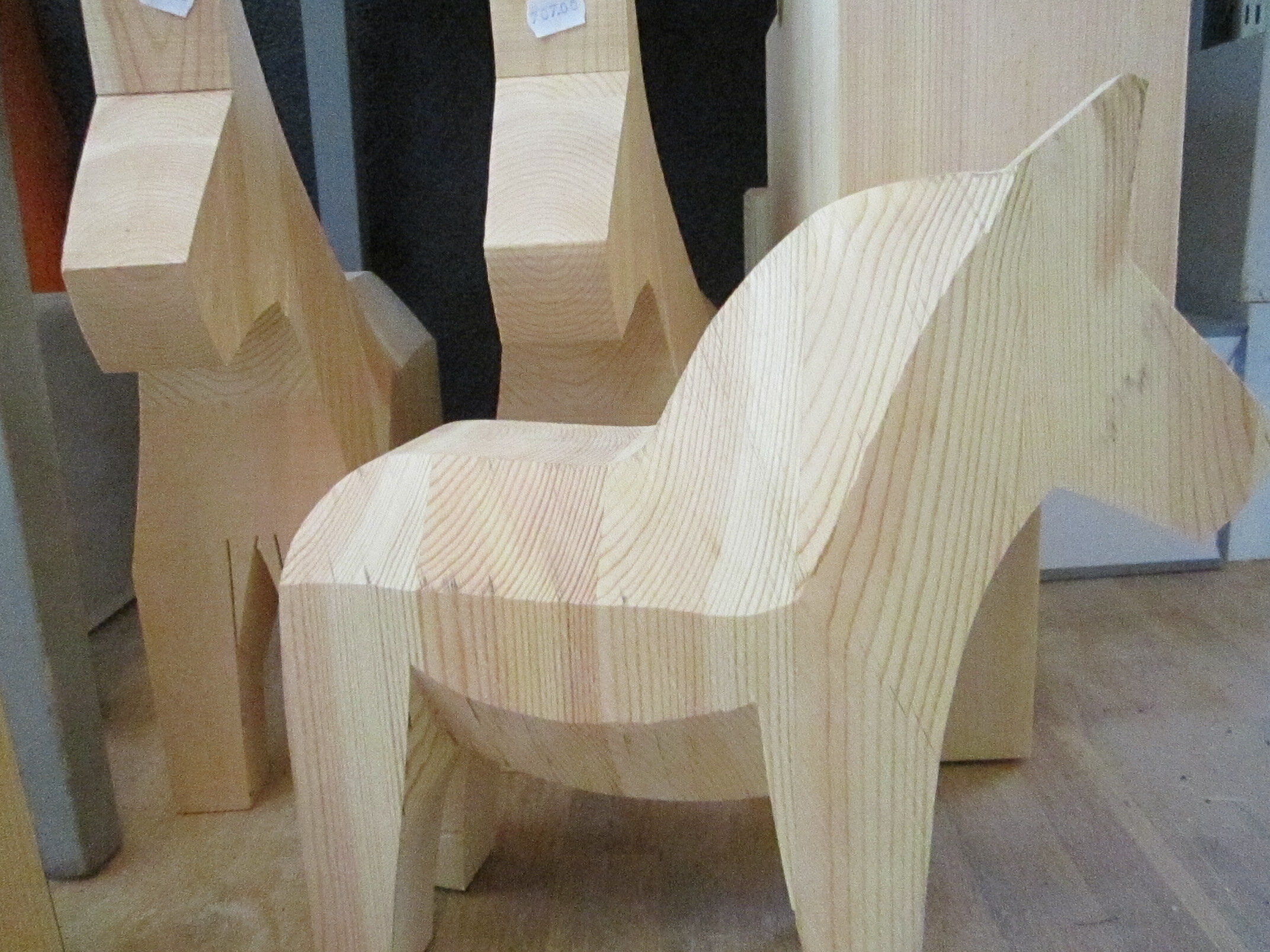Swedish Style : Dalarna
Moving onward and inland, we now travel northeast towards Dalarna. This region is often referred to as the “most Swedish” part of the country. The region is densely wooded with birch and pine trees. As such, almost all the homes in the Swedish countryside are simple wood-framed buildings with vertical board-and-batten or horizontal timber siding. Here we see more and more of the famed ”Falun Red”.
The use of this color dates back to the 16th century, and originated in the important copper mining city of Falun. The paint is essentially a witch’s brew of water, rye flour, linseed oil and iron, copper, and zinc oxides from the copper mine. The current recipe was finalized in the 1920s and is still used today as it is considered the best way to preserve wood while also preserving an important Swedish tradition .
Throughout Dalarna, homes and small shops are painted Falun Red.
The sweetness never ends in Dalarna
The copper mining district of Falun was once known the dirtiest and roughest of all, as the air was filled with debris and toxins from the mine. Once home to the copper miners themselves, it is one of the only areas which survived the city’s numerous fires. The mine is no longer in operation, and the area is now the place to go to see the most charming shops, homes and inns in the entire city.
Flowers are planted in boxes throughout most cities and villages.
No blog post on Dalarna would be complete without a few lines about Dala Horses. Dala Horses are the quintessential image of Swedish folk art. While their history dates back to the Vikings, they became most popular after brothers Nils and Grannas Olsson started making them in the early 1900′s simply to make some extra money. They caught on, and since then, you will rarely find a Swedish home without a few on display. They are still hand made and painted in the original workshop in the village of Nusnas, Sweden. Below are some photos from the factory.
Wooden Dala Horses got their name from the region in which they are crafted.




